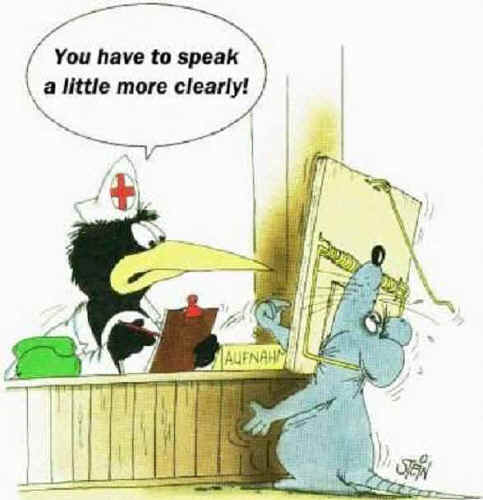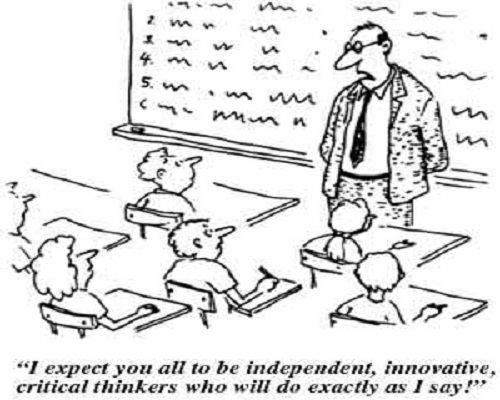
10 Simple Steps for Smooth Speech Image source: Screenrant.com
“Smooth Speech” is also referred to as Fluency, but what exactly does that mean? It’s a term used in Speech Pathology that means smoothness or flow in which sounds, syllables, words and phrases are joined together. While there are many types of fluency — including language fluency, reading fluency, or fluency in reference to speaking a foreign language — speech fluency refers to the ability to speak smoothly and easily.





